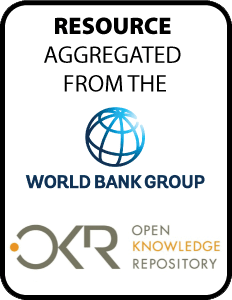Haiti : Diagnostic and Proposals for Agriculture and Rural Development Policies and Strategies
The overall objective of the present study is to contribute to the knowledge-base that is urgently required for the implementation of sustainable rural development activities in Haiti.

